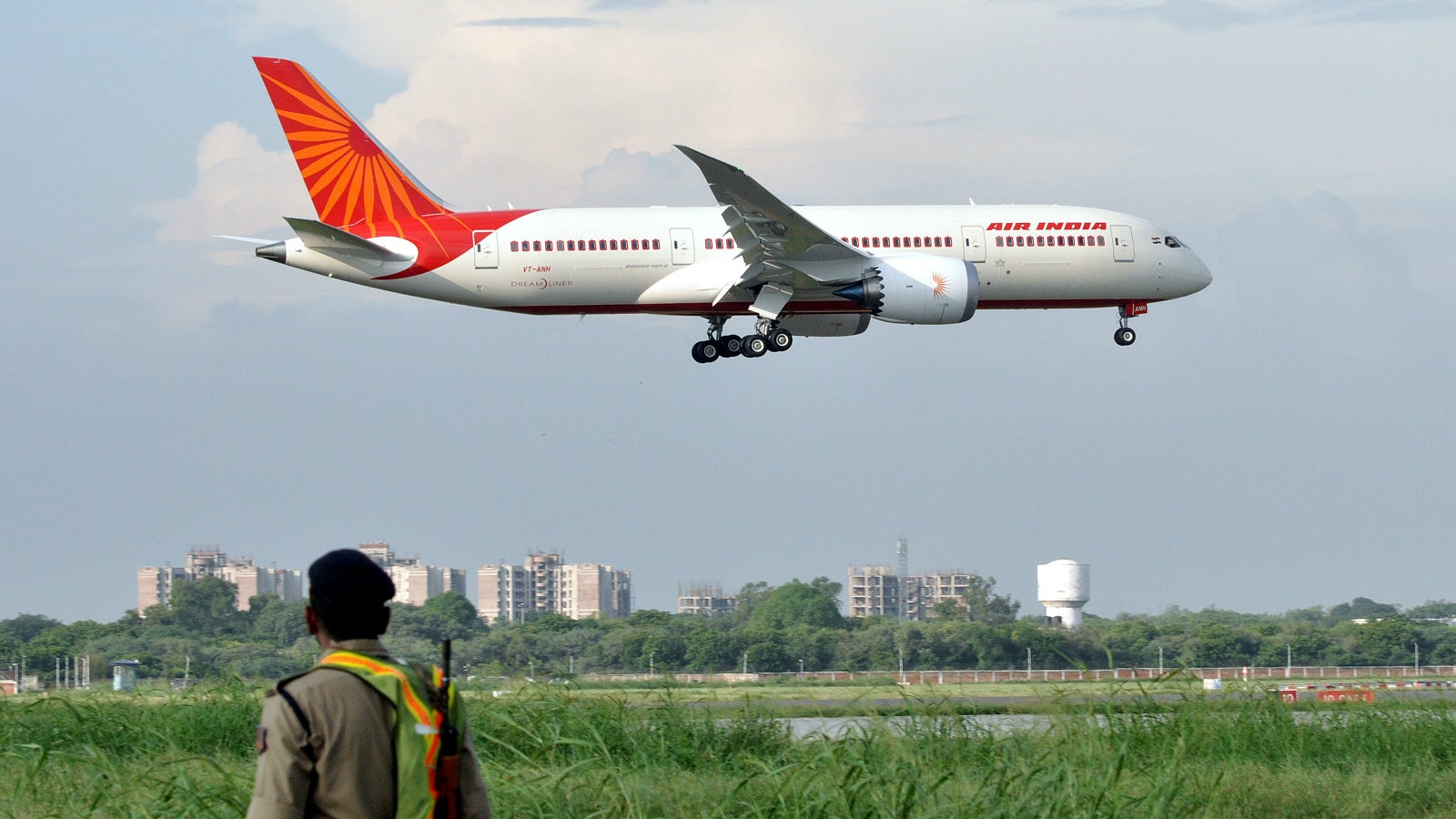What India can learn from Italy about selling its national carrier
India’s cleared the path for 49% foreign direct investment (FDI) in Air India, possibly the most decisive move yet to privatise the national carrier over a decade after the idea was first mooted.


India’s cleared the path for 49% foreign direct investment (FDI) in Air India, possibly the most decisive move yet to privatise the national carrier over a decade after the idea was first mooted.
While the Tata group, Ajay Singh-led SpiceJet, and Qatar Airlines are said to be interested in it, there has been just one official expression of interest—from IndiGo airlines—since the government took a call to put Air India on the block six months ago.
Foreign airlines queuing up for the Maharaja will, however, do well to remember the episode involving the privatisation of Alitalia, Air India’s Italian peer.
After many turbulent years living on taxpayers’ benevolence, Italy’s national carrier was privatised in 2008. The government sold its stake to a group of Italian businessmen who eventually passed it to Abu Dhabi-based Etihad Airways. The middle eastern airline bought a 49% stake in Alitalia in 2014. However, the latter’s operations continued to spiral.
Finally, in May 2017, Alitalia filed for bankruptcy for the second time in less than a decade. The Italian government had to extend another bridge loan of $655 million to keep it afloat through the bankruptcy process.
Fasten seat belts
Air India’s flightpath, too, has been argued over for a decade while it bled money despite government support. Finance minister Arun Jaitley was in charge of divestment back when its privatisation was first proposed in the early 2000s under the Atal Bihari Vajpayee government. The move was, however, junked altogether.
Like in Alitalia’s case, India has also said that Air India will stay with Indian nationals even after the government exits the cockpit.
Moreover, the runway to Alitalia’s privatisation included controversy, with Wikileaks alleging cronyism in the deal that subsequently triggered huge outrage in Italy. And India has a propensity for such incidents, with charges of kickbacks and cronyism upended India’s telecom spectrum sale in 2008, as also all the coal mine allocations made since 1993. So, foreign investors may well be wary with Air India.
The Alitalia experience shows is that no matter who owns the airline, the business must be fundamentally competitive, and the privatisation process above board, to survive. The question for whoever goes on to own Air India is whether they have the nerve for tough decisions, including pay cuts, layoffs, cutting back routes, and asset sales.
After all, Air India may have a debt of over Rs50,000 crore ($8 billion) and piled up losses, but it is nowhere close to being worthless.
In July 2017, its fleet size was worth Rs20,000 crore ($2.5 billion) and boasted a land bank worth Rs8,000 crore ($1.25 billion), according to analysts. Other substantial, but intangible, assets include the routes it has permits to fly on and the prime slots in some of the world’s top airports.
On the other hand, Air India’s financial health remains opaque. For a struggling airline living on taxpayer money that’s now seeking investors, it is yet to publish its annual reports for the last two years.
The India edge
Yet, the aviation business in India is on an uptrend. Cheap jet fuel, along with rising passenger traffic, has helped airlines post spectacular growth lately. Given that crude oil prices are expected to remain benign for the next few years, these are exciting times.
Over 78 million Indians flew between April and November 2017, according to the International Air Transport Association, which expects India to be the world’s third-largest market for airlines by 2025. And despite its inefficiencies, Air India has a 14% share in this growing market.
It may certainly have value and prospects, but India’s national carrier also has baggage—physical and emotional, just like Alitalia.
Note: The post has been amended to reflect the fact that there are restrictions on foreign ownership of airlines globally.